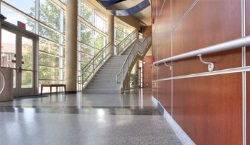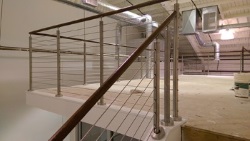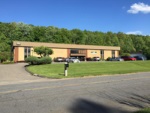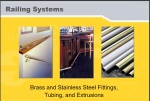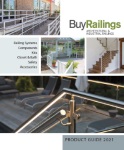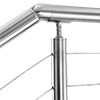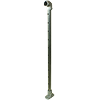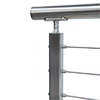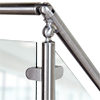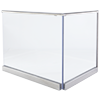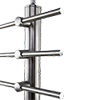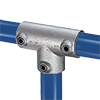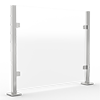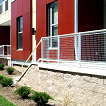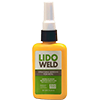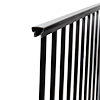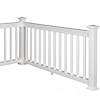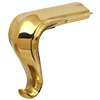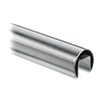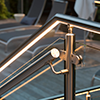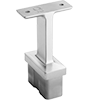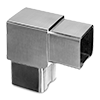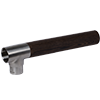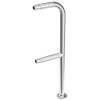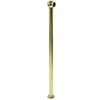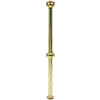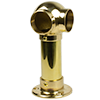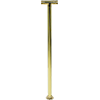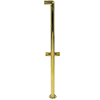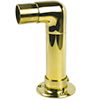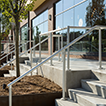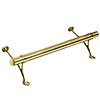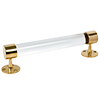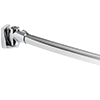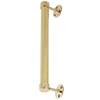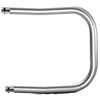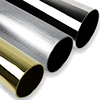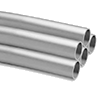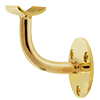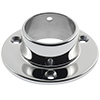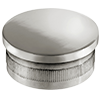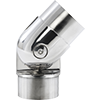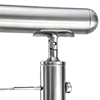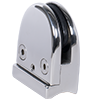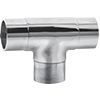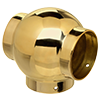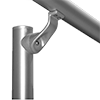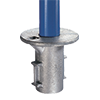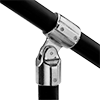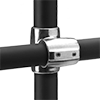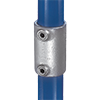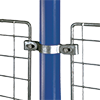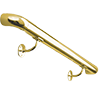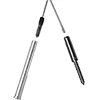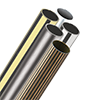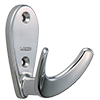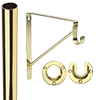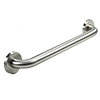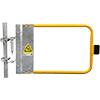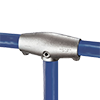Safety Railings and OSHA Requirements
Learn about safety railing systems, including outdoor, interior, roof, construction, and temporary safety railings.
Each of the railings you can find at BuyRailings meet specific OSHA requirements to satisfy all of your safety needs. You will find a wide selection of safety guard rails in our inventory, and do not hesitate to reach out to us for your specific needs.
You do not want to mess around with safety. As an employer, nothing is worse than a job site injury.
Fortunately, OSHA provides detailed standards for safety rail systems of all kinds.
What Are Safety Guard Rails?
Removable safety railing and safety guard rails defend your employees and your business assets every day on the job site.
Bottom line: safety guards protect your business and your livelihood, as well as the livelihoods of every one of your employees. At home, safety guard rails prevent accidents for people of all ages.
When Do You Need to Install Safety Railing Systems?
You should install a safety rail anytime there is a risk that a fall could be dangerous. The old adage, «better be safe than sorry», is especially true for a metal safety railing. But your safety rail does not have to look like it belongs on a construction site. For attractive safety rails, look for a cable safety railing. A cable railing system can be the ideal combination of precaution and striking good looks.
Why Are Side Rails and Safety Straps Considered Restraints?
Side rails and safety straps are considered restraints because they keep a person tightly in place and unable to move freely.
Interior Safety Railing
Whenever you are subjected to a potential fall indoors, a safety rail should be installed. Places that could use protection include loading docks, mezzanines, and elevated workspaces.
There are many different potential safety hazards inside and outside of the home. Here are some you should keep in mind.
Home safety rails include:
- Tub safety rail for the side of the tub
- Attic safety railing
- Stair safety rail
Outdoor Safety Railing
Here are some outdoor safety railings you should consider installing:
- Pool safety rails
- Hot tub safety rail
- Safety rails for steps
Roof Safety Railing
A roof safety rail is necessary anytime work is being done on an elevated surface. Roof safety guard rails are essential on all worksites.
Roof hatch safety is sometimes a forgotten item. If you have a hatch on your roof, you should seriously consider a roof hatch safety railing to ensure stress-free access to and from the hatch.
Construction Safety Rail
One of the benefits of buying an industrial safety railing is that you can easily move it to a new location when it is no longer necessary. Your purchase will pay for itself in the peace of mind, and with a temporary safety railing, you will be well prepared for the next job site.
Scaffolding Safety Rails
It is vitally important that you secure a quality product to keep scaffoldings safe. Having a safe and secure scaffolding is potentially the most important construction safety rail box to check. Every piece of fall protection equipment should be taken seriously, but serious accidents can be caused by faulty scaffolding.
Baker scaffold safety rails are among the most popular products among contractors. These are narrow frame scaffolds that have wheels and are easily moved.
Baker scaffold safety rails are ideal for drywall installation, painting, and plastering, or any other job that requires the worker to frequently be moving to new positions. Contractors also prefer narrow frame scaffolds due to their versatility, as they can double as ladders.
Kee safety railings can also be ideal for scaffolding, and we have a selection that includes aluminum-magnesium and galvanized steel.
Aluminum Safety Railing Systems
An aluminum safety railing is a perfect choice for lightweight portability. An aluminum pipe is a low maintenance item that can be perfect for those that want a strong, versatile, and weather-resistant railing.
OSHA Safety Rail Requirements
Under part number 1910, OSHA fall protection systems requirements necessitate that an employer ensures that each fall protection system meets the safety rail standards set forth by OSHA.
These requirements must be met before an employee begins work.
Safety Guard Rails
The following are the requirements for safety guard rails:
- OSHA safety rail height standards state that the top edge height is 42 inches. This number can be plus or minus three inches above the walking-working surface. The height can exceed 45 inches as long as every other criterion required by OSHA has been met. Every product you will find at BuyRailings meets the proper measurements.
- Industrial safety guard rails must be capable of withstanding a minimum of 200 pounds at any point on the top rail, without fail.
- The mid-rail must be halfway from the top rail and the working walking surface.
- You can read the rest of OSHA regulations here, or you can select from BuyRailings and rest assured that your railings meet OSHA standards.
Federal Rail Safety Act
The Federal Rail Safety Act was enacted in 1970 and gave the Federal Railroad Administration regulatory rights over all railroad workplace incidents.
One of the main elements of the Federal Rail Safety Act (FRSA) was that employees who reported hazardous working conditions would be safeguarded against losing their jobs for being a whistleblower.
The FSRA also created safe operation procedures, limited the max weight of cars, and increased qualification requirements to be an engineer.



